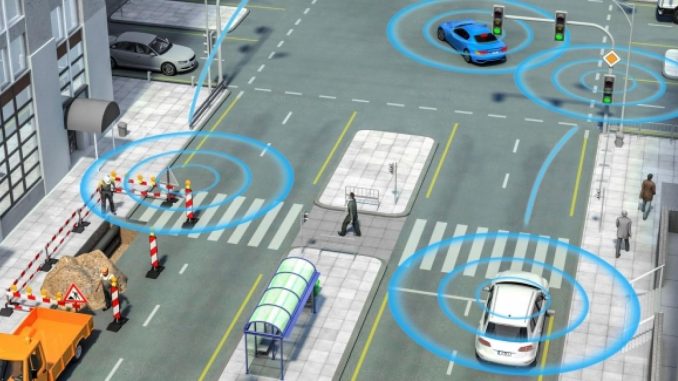
Introduction
Overview of Autonomous Vehicles: Introduce the concept of autonomous vehicles (AVs) and their growing importance in modern cities.
Purpose of the Article: Outline the article’s aim to explore how AVs contribute to safer and smarter urban environments.
The Evolution of Autonomous Vehicles
History and Development: Brief history of AV technology, highlighting key advancements.
Current State of AV Technology: Discuss the latest technologies in AVs, such as AI, machine learning, and sensor technology.
Safety Enhancements through AVs
Reducing Human Error: Examine how AVs can minimize accidents caused by human error.
Advanced Safety Features: Detail the safety features in AVs like automatic braking and pedestrian detection.
Impact on Traffic Management: Discuss how AVs can improve traffic flow and reduce congestion.
Smart City Integration
AVs and Urban Planning: Explore how cities are integrating AVs into their urban planning.
Environmental Benefits: Analyze the potential reduction in emissions due to efficient AV driving patterns.
Enhanced Mobility for All: Discuss how AVs can provide mobility solutions for the elderly and disabled.
Economic Implications
Cost Reduction in Transportation: Examine how AVs can lower the cost of public and private transportation.
Impact on Employment: Discuss the potential impacts on jobs related to driving and vehicle maintenance.
Challenges and Solutions
Technical Challenges: Outline current technical hurdles like sensor reliability and AI decision-making.
Legal and Regulatory Framework: Discuss the legal challenges and the evolving regulatory landscape for AVs.
Public Perception and Trust: Address the public’s trust in AV technology and how it can be improved.
Case Studies
Successful Implementations: Highlight cities or countries where AVs have been successfully integrated.
Lessons Learned: Discuss the challenges faced and how they were overcome in these case studies.
The Future of Autonomous Vehicles
Upcoming Innovations: Look into the future of AV technology, such as fully autonomous public transport.
Potential Impact on City Life: Speculate on how AVs could transform everyday city life in the future.
Challenges and Solutions
Technical Challenges: Outline current technical hurdles like sensor reliability and AI decision-making.
Legal and Regulatory Framework: Discuss the legal challenges and the evolving regulatory landscape for AVs.
Public Perception and Trust: Address the public’s trust in AV technology and how it can be improved.
Case Studies
Successful Implementations: Highlight cities or countries where AVs have been successfully integrated.
Lessons Learned: Discuss the challenges faced and how they were overcome in these case studies.
The Future of Autonomous Vehicles
Upcoming Innovations: Look into the future of AV technology, such as fully autonomous public transport.
Potential Impact on City Life: Speculate on how AVs could transform everyday city life in the future.
Conclusion
Summing Up: Recap the potential of AVs to create safer and smarter cities.
Call to Action: Encourage further research and acceptance of AV technology.